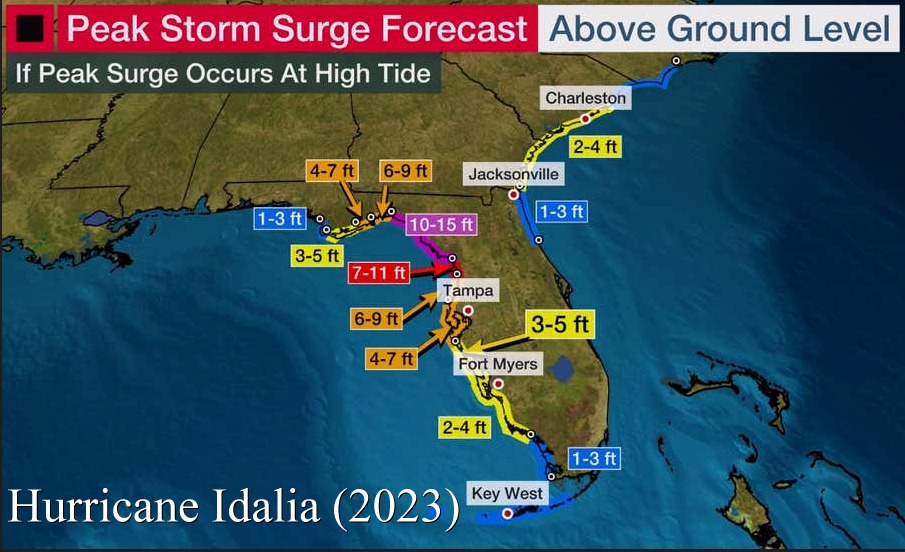LYRICS
The future that’s right ahead
Does it give us reason to dread?
Water over our head
At the rate it’s rising
Won’t be surprising
If lowlifes wind up dead
The moral of the story
Up to the neck in glory
Forever in denial
Upon dwindling isle
No sense waiting a while
Go on change the dial
Try a new station instead
The airwaves are overhead
Water upon our head
At the rate it’s rising
Won’t be surprising
If lowlifes wind up dead
The moral of the story
Up to the neck in glory
Forever in denial
Upon dwindling isle
No sense waiting a while
Go on change the dial
“Should have listened,” the wise man said
You can’t make drink…
… though you have led
Water feeding our head
At the rate it’s rising
Won’t be surprising
If lowlifes wind up dead
The moral of the story
Up to the neck in glory
Forever in denial
Upon dwindling isle
No sense waiting a while
Go on change the dial
- Change-the-Dial-Part-I.mp3
- Change-the-Dial-Part-II.mp3
- Change-the-Dial-Part-II-Instrumental.mp3
- Change-the-Dial-Casio-WK-3500.MID
Chords: A Bb A C A / C D A / A C E B E / G Bm E; Part II @ 100 Beats Per Minute
Instrumentation: Vocals (TC-Helicon VOICELIVE and MiniNova Vocorder), Ibanez Acoustic Guitar, Ibanez RG Series Electric Guitar (Boss Digital Delay), Fender Jazz Bass (Boss Digital Delay), Keyboards (Korg PS60, Casio WK-3500, Yamaha PSR-740, MiniNova, MicroKorg)
ABOUT THE SONG
Do you know what happens if you drink too much water? You drown.
The first part of the song is about sea level rising. In general, the shorelines and waterways that are seeing the largest storm surges are the same areas that are experiencing the fastest rate of sea level rise. The sea level does not rise at the same rate along most coasts. Some of the conditions that determine the relative sea level at any given location include: water temperature (thermal expansion), circulation, ocean floor contour, ice melt, ocean dynamics, and Earth’s uneven gravity field.
The Shape of Things to Come
For the foreseeable future, storm surges will offer a good forecast of future sea level rise. Hurricane Idalia’s storm surge (pictured / 2023), brought a 10-15 storm surge to the northern coast of Florida. In 2022, Hurricane Ida brought a 14-20 foot storm surge to the southern coast of Florida. Ida also made landfall in Southeastern USA. Plaquemines Parish on the east bank of the Mississippi River had an estimated storm surge of at least 14 feet. Grand Isle, Louisiana, which was located just east of a landfall, was struck by 10.2 feet and rendered uninhabitable after the storm.
We know these areas of the United States will see sea levels rise at least 10-15 feet because it has already happened. Although it was only for hours, you wouldn’t want to live there during those hours. Not to mention, the frequency of these extreme weather events is rising exponentially. Thus, our recommendation to evacuate Florida now (i.e. Managed Retreat). The billions of dollars spent to rebuild after Hurricane Ida will all be for naught. Allowing building will needlessly endanger property and lives. Parts of the world have already seen storm surges of 40 feet. I expect most North American coastlines will see sea levels rise, if only temporarily, by 20-40 feet this century. Within a generation, these areas could be submerged most of the time.
— from Measuring Sea Level Rise, Storm Surge, and Gravity Brouse and Mukherjee (2024)
The second part of the song “The airwaves are overhead, Water upon our head” is about violent rain and Atmospheric Rivers. “You can kind-of imagine Eastern and Western North America as giant beaches with ever increasing atmospheric waves splashing down on us. The Gulf Coast will be hit from both sides.”
Human induced climate change is an exponential component of an unordered system (chaos theory). That means global warming is accelerating at a rapid rate in a complex way.
What Can I Do?
There are plenty of things you can do to help save the planet. Stop using fossil fuels. Consume less. Love more. Here is a list of additional actions you can take.
